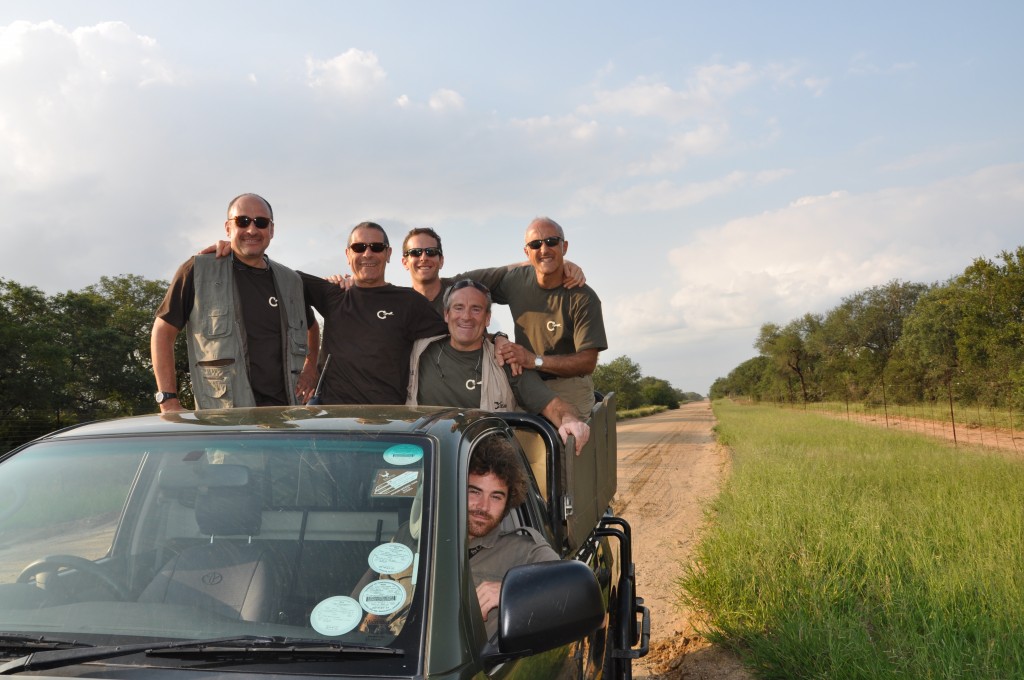How did CRESAM originate?
Veterinarian Jean-Yves Routier, Owner of the Mopaya reserve and a lodge in South Africa and Michel Laforêt, wanted to get involved in the preservation of endangered species. The reasons for species extinction arise from two factors:
Environmental factors
The most frequently cited causes of extinction are the destruction or restriction of wildlife habitat (agriculture, deforestation, mining, etc.), hunting and poaching, pollution and, paradoxically, the insertion of exotic species by men, including microorganisms.
Biological factors (fertility)
Biological factors determine the characteristics of species and their adaptability to adverse environmental factors. Most studies and endangered wildlife conservation projects are focussed on the preservation or rehabilitation of the habitat, resulting in several cases in the improvement of the latter.
CRESAM is orientated towards a complementary approach often mentioned in wildlife conservation programs, but unfortunately never developed. This approach focusses on improving the reproduction of endangered species on site, that is in South Africa. It would, indeed, be a shame not to consider how aid in reproduction can speed up wildlife demographic evolution and favour its genetic diversity.
CREASAM’s prime objective is to breed the cheetah with different genetic reproductive processes. Jean-Yves Routier and Michel Laforêt therefore decided to combine work on the environment with novel projects involving the reproduction of endangered species. The result was the creation of CRESAM (Conservation et Reproduction des Espèces Sauvages Animales Menacées) in 2002.

